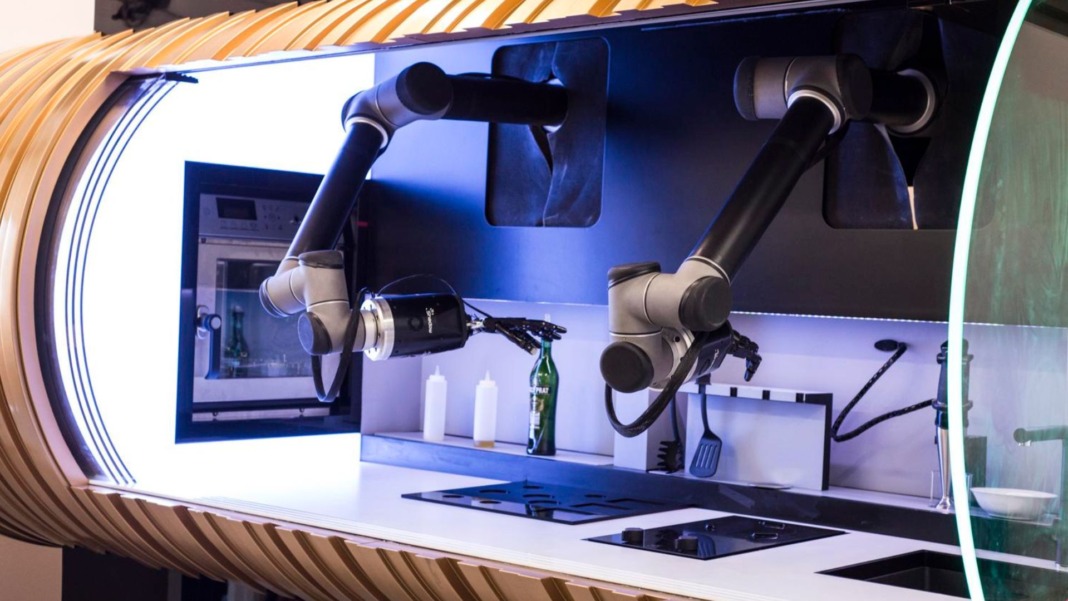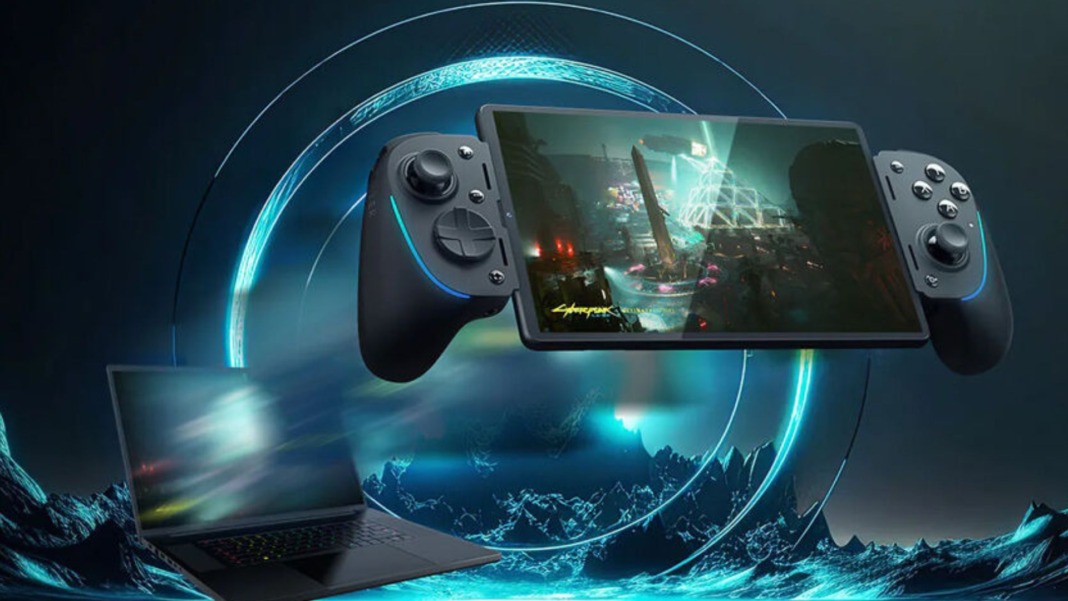You’re not alone if you dream of robots that can cook dinner, wash up, or tidy the house. That’s precisely what Rajat Bhageria imagined when he studied robotics at the University of Pennsylvania’s GRASP Lab. His dream led to the launch of Chef Robotics — a food tech company that started with big hopes, big contracts, and, for a while, a serious risk of failure.
Just a few years ago, Chef Robotics was close to shutting down. The company had signed multimillion-dollar contracts with fast-casual restaurants, aiming to provide robots that could help prepare meals by picking up and adding ingredients. But there was a major technical problem: the robots couldn’t reliably grasp different types of food.
Bhageria explains it this way: It’s challenging to train a robot to pick up a blueberry without squashing it or grab a slice of cheese without it sticking. Unlike humans, robots don’t have the experience or data to do that consistently. This problem, known as “robotic grasping,” is one of the biggest hurdles in the industry.
Though his robots were promising, Bhageria couldn’t meet the expectations of his first customers. Clients weren’t interested when he asked to start small by only automating one or two ingredients at a time. They wanted complete meal prep solutions and fast.
As a result, despite having contracts, Bhageria made a tough call: He walked away from those deals. He said no to revenue to avoid building something that didn’t truly work—a move against most business instincts, especially in a startup’s early days.
Finding the right fit in a new food sector
After walking away from fast-casual restaurants, Bhageria needed to find a new path forward. He faced constant rejections from investors, especially during the challenging post-2021 fundraising climate. “You come home and are like, what am I doing with my life?” he shared.
Still, he persisted. In March 2023, Chef Robotics raised US$11.2 million in seed funding, led by Construct Capital and supported by Kleiner Perkins, Promus Ventures, and Gaingels.
But more importantly, the company also found the right market: “high-mix manufacturing” in the food industry. These businesses create pre-packaged meals such as frozen dinners or food trays for airlines, hospitals, and retail. Each meal has many components and is assembled by workers who add a specific ingredient to trays on a production line—often in cold, unpleasant working conditions.
This market had always struggled with labour shortages. While robotics didn’t previously make financial sense here, Chef Robotics’ approach changed that. By creating robots that can work alongside humans and handle different types of ingredients, the company found a way to fit into this environment. These robots are tailored to each food maker’s unique recipes, offering flexibility and ease of integration.
Moreover, as the robots are used in real-world settings, they collect valuable training data. Over time, this helps improve their ability to handle new ingredients. Bhageria hasn’t given up on his original goal — he still plans to bring robotic solutions to fast-casual restaurants, but now with better data and proven technology.
Success and renewed investor interest
Chef Robotics is now one of the few success stories in food robotics, a space where many others have failed. Competitors like Chowbotics, Zume, Karakuri, and the Small Robot Company have all shut down.
Today, Chef Robotics has 40 employees and high-profile clients like Amy’s Kitchen and Chef Bombay. Their robots have already prepared over 45 million meals across the US.
In a surprising twist, Bhageria says raising money recently became much easier. As investor interest in artificial intelligence picks up again, Chef Robotics caught the eye of Avataar Venture Partners — a firm seeking startups using AI in the physical world. They contacted Bhageria directly, helping him close a US$23 million Series A round.
By refusing to deliver something that wasn’t technically ready, Bhageria gave his company a second chance. His story reminds us that sometimes success comes from letting go of what doesn’t work and being brave enough to find a better fit.





